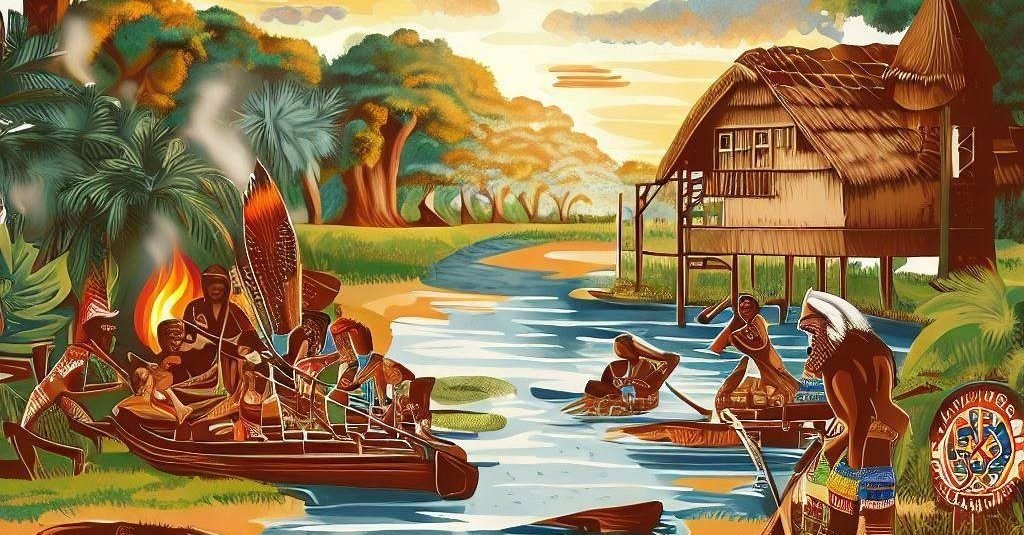The Muscogean language family
A Glimpse into the Linguistic Heritage of the Southeastern United States
The Muscogean language family is a group of indigenous languages spoken by various tribes in the southeastern United States. With its roots in the cultural heritage of the Native American peoples in the region, the Muscogean language family has played a significant role in shaping the linguistic and cultural landscape of the area. In this article, we will explore the origins, characteristics, and present-day status of the Muskogee languages.
Origins and Geographic Distribution
The Muscogean language family consists of several languages spoken by different tribes, including the Creek, Seminole, Chickasaw, Choctaw, Alabama, Koasati, Hitchiti, and Mikasuki. These languages were primarily spoken in what is now the southeastern United States, including the present-day states of Alabama, Florida, Georgia, Mississippi, and South Carolina.
Historically, the Muscogean languages were spoken by a large number of tribes, but the forced removal of these tribes from their ancestral lands in the 19th century, primarily due to the Indian Removal Act of 1830, caused a significant decline in the number of speakers and geographic distribution of the languages.
Linguistic Features
The languages of the Muscogean family share several common linguistic features. They are polysynthetic, which means that they use multiple affixes to convey complex meanings in a single word. Additionally, the languages have a complex system of verb conjugation, with numerous prefixes and suffixes denoting tense, aspect, mood, and other grammatical features.
Muscogean languages have a subject-object-verb (SOV) word order, which is relatively flexible, allowing for variations in sentence structure. They also feature a system of noun classifiers, which help to categorize and provide additional information about nouns in a sentence.
Status and Revitalization Efforts
The current status of the Muscogean language family is a mixture of endangered and critically endangered languages. The impact of colonization, forced migration, and the dominance of the English language has led to a significant decline in the number of native speakers. Today, the largest remaining speech communities are found among the Creek and Seminole tribes, with smaller numbers of speakers in other tribes.
In recent years, there has been a growing interest in preserving and revitalizing the languages of the Muscogean family. Various tribal organizations and educational institutions have initiated language revitalization programs, focusing on documenting the languages, developing learning materials, and promoting language use among younger generations.
Some of these efforts include the establishment of bilingual education programs, language immersion camps, and community-based workshops aimed at engaging the community in language learning and cultural preservation. With the help of linguists, educators, and community members, there is hope that the languages of the Muskogee family can be revitalized and preserved for future generations.
The Muscogean language family holds a vital place in the linguistic and cultural heritage of the southeastern United States. As efforts to preserve and revitalize these indigenous languages continue, it is essential to recognize and appreciate the rich history and cultural significance of the Muskogee languages. Through ongoing support and collaboration, the survival and growth of these languages can be ensured, contributing to the diverse tapestry of linguistic traditions in North America.

